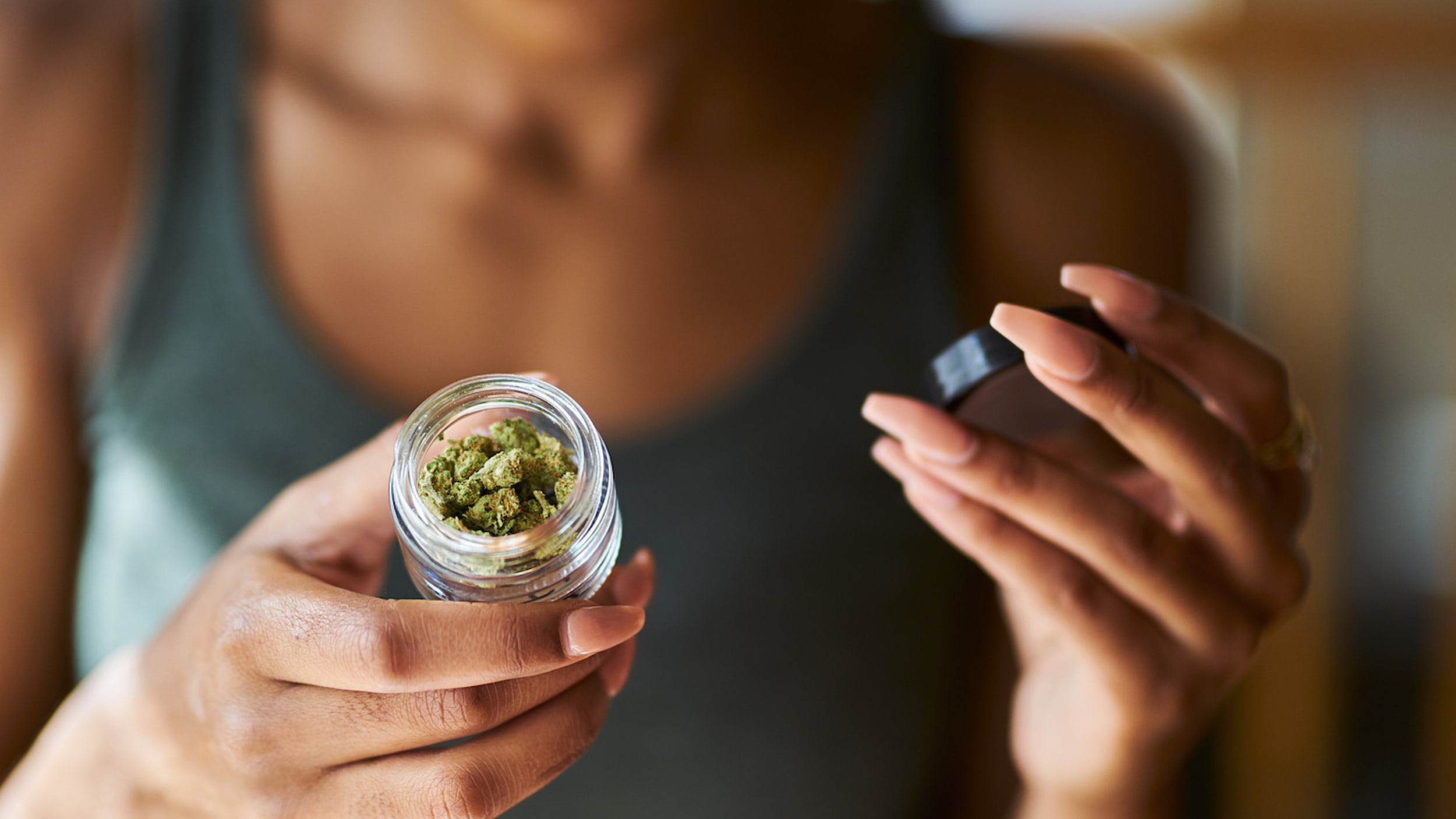
A Comprehensive Guide to Taking
Prescribed THC Responsibly
Introduction
Over the past few years, there has been a significant increase in the use of Cannabis-based medicinal products (CBMPs) for conditions such as chronic pain, anxiety and insomnia. The main psychoactive compound found in cannabis is tetrahydrocannabinol (THC) and this has gained particular attention for its medicinal properties, and it is essential to prescribe this responsibly to optimise its therapeutic benefits. This article is an overview of THC as a medicine, followed by guidelines on how to use it safely and effectively.
Understanding THC as Medicine
THC is one of the numerous cannabinoids present in the cannabis plant. It binds to the CB1 and CB2 receptors of the body’s endocannabinoid system, resulting in the known psychoactive effects commonly associated with recreational cannabis use. In addition to these psychoactive effects, THC has been found to have therapeutic properties that include pain relief and the reduction of inflammation.
The principles of dosage and administration of THC
The first principle is to “Start low and go slow”
It is crucial to start with a low dose of THC and to then gradually increase this when starting THC therapy. This approach allows you to find the optimal dosage for your specific needs while minimizing the potential side effects.
The second principle is consistent dosing
You should take your prescribed THC at the same time every day to ensure a consistent treatment effect and get maximum therapeutic benefit.
The third principle involves choosing the right form of preparation
THC can be taken in various forms. These include inhaling it as a vapour, sublingual oils placed under the tongue, liquid tincture or swallowed as capsules. You and your healthcare provider should discuss the most suitable preparation to use for your condition and lifestyle.
The fourth principle is to keep track of your dosage
You should keep a regular daily record of the dosage you take together with the therapeutic response and any side effects affects you might experience. This information will help both you and your healthcare provider to make any necessary adjustments to your treatment plan.

Managing any side effects of THC
There are potential side effects to treatment with THC. These are common but usually mild, and might include a dry mouth, dizziness, an increased appetite and mild cognitive impairment. These can be managed as follows:
Maintain your hydration
Make sure that you drink plenty of water throughout the day. You should drink at least 2 to 3 litres of fluid each day to maintain a healthy hydration state.
Be mindful of your surroundings
To avoid dizziness or risking a fall, you should take your THC in a comfortable, familiar environment, and avoid activities that require balance and coordination.
Be aware that THC can increase your appetite
This is known as ‘the munchies’ and you should have healthy snacks such as fruit and vegetables on hand. Do your best to maintain a well-balanced diet.
Give yourself time to adjust
Allow your body time to adapt to the THC therapy. If you experience any cognitive impairment, avoid activities that require mental alertness, such as driving or operating heavy machinery.
Communicate with your Healthcare Provider:
Good communication with your healthcare provider is crucial for effective THC treatment. Keep them informed about your progress, as well as any side effects or concerns that you may have. They can help you adjust your treatment plan to ensure the best possible outcome.
Conclusion
THC can be an effective treatment, and it is important to optimise its therapeutic potential while minimising the side effects and, in this way, improve your quality of life. It is also essential to regularly communicate with your Healthcare provider to ensure a safe and successful experience with THC therapy.